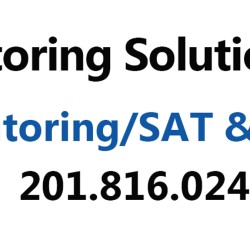The Redesigned SAT- Vocabulary
Qualify (v)- To put limitations on an argument Implicit- Implied/not directly stated Explicit- Directly stated Tacit- Implied/not directly stated Defy- To reject/challenge Parley- To discuss Caveat- Limitation Latent- Hidden/underneath Binary- 2 parts Interpolate- To reasonably estimate Extraneous- Not needed Empirical- Related to evidence/experiment Heuristic- Trial and error/Rule of thumb Deterministic- Final state is completely predicted[…]







